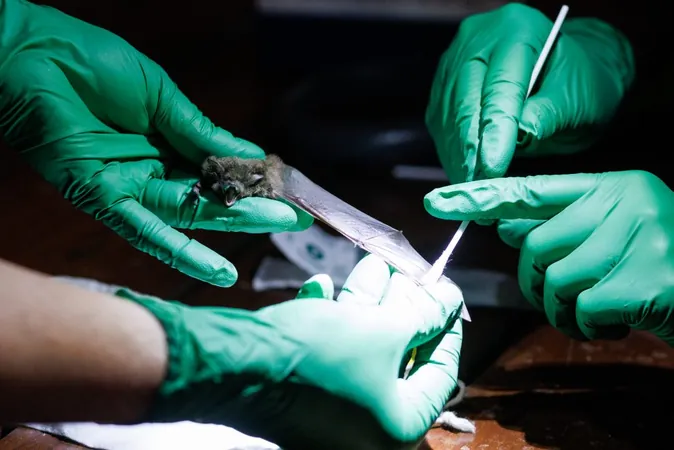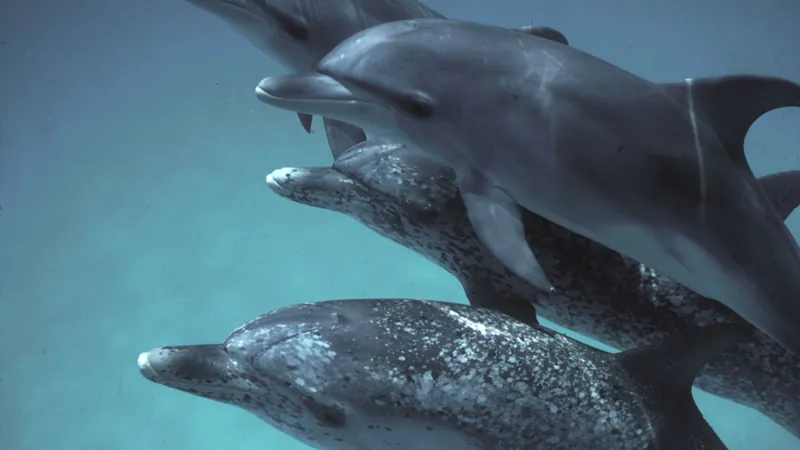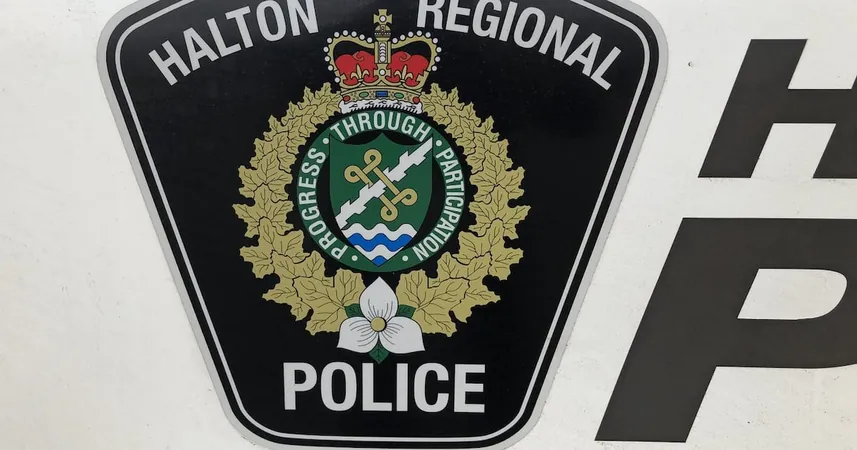
Trump's Funding Cuts Threaten Vital Canadian Bat Research
2025-04-10
Author: Noah
Bat Research in Jeopardy
In a dimly lit workshop near Hayward Lake, researchers Cori Lausen and Maleen Mund step out of the spring sun, their spirits overshadowed by looming funding cuts. With bats emerging from their winter dormancy, the stakes are high as they investigate a deadly fungal disease threatening these vital creatures.
The Fight Against White-Nose Syndrome
Lausen, the director of bat conservation at Wildlife Conservation Society Canada, is racing against time. White-nose syndrome, caused by the fungus Pseudogymnoascus destructans, has decimated bat populations across North America, leaving piles of dead bats in its wake. As Lausen inches closer to confirming a potentially revolutionary probiotic treatment, the clock is ticking.
Cutting Funds, Cutting Hope
The dire situation worsened with Donald Trump’s administration cuts to government spending, affecting funding for Lausen’s project. Notified by the U.S. National Fish and Wildlife Foundation that her grant had been paused, Lausen now faces uncertainty as they await news on a new funding application.
Bats: Nature's Unseen Heroes
Often demonized and misunderstood, bats are critical to ecosystems, helping control insect populations and reducing pesticide use for farmers. When their numbers dwindle due to crises like white-nose syndrome, it poses a complicated problem for humans and nature alike.
The Stakes of White-Nose Syndrome
This disease strikes when bat defenses are low during hibernation. It wreaks havoc on their health, causing them to wake overly frequently and ultimately jeopardizing their survival. Lausen, alarmed by the disease's spread into western Canada, underscores the need for urgent action.
Probiotics to the Rescue?
Innovative research has led Lausen to develop a probiotic treatment derived from beneficial bacteria found in bats. The hope is that this treatment can help bats build resistance against the fungus before it develops into lethal disease.
Real-World Applications to Save Bats
After years of testing, her team has applied the probiotic in bat boxes across British Columbia. While the fungus remains undetected in these areas, the team is optimistic. Aiming to distribute their probiotic to volunteers nationwide, they believe they can mitigate the threat that white-nose syndrome poses.
The Fight Continues
With crucial research funding now in jeopardy, Lausen presses on, citing promising early results from test sites in Washington. Bats receiving the probiotic show lower levels of the harmful fungus. However, to secure conclusive results, she needs time—and funding.
Hope on the Horizon?
Although the spread of white-nose syndrome appears slower in western regions, uncertainty looms. Each spring, Lausen’s team swabs bats to monitor the health of their populations, gather data, and prepare for another challenging season ahead. With persistence and innovation, they strive to protect these valuable species.
Conclusion: A Call to Action
The fate of North America’s bats hangs in the balance as funding cuts threaten crucial research. As Lausen fights to validate her groundbreaking probiotic treatment, only time—and support—will tell if she can save these essential animals and preserve the ecological balance they maintain.









 Brasil (PT)
Brasil (PT)
 Canada (EN)
Canada (EN)
 Chile (ES)
Chile (ES)
 Česko (CS)
Česko (CS)
 대한민국 (KO)
대한민국 (KO)
 España (ES)
España (ES)
 France (FR)
France (FR)
 Hong Kong (EN)
Hong Kong (EN)
 Italia (IT)
Italia (IT)
 日本 (JA)
日本 (JA)
 Magyarország (HU)
Magyarország (HU)
 Norge (NO)
Norge (NO)
 Polska (PL)
Polska (PL)
 Schweiz (DE)
Schweiz (DE)
 Singapore (EN)
Singapore (EN)
 Sverige (SV)
Sverige (SV)
 Suomi (FI)
Suomi (FI)
 Türkiye (TR)
Türkiye (TR)
 الإمارات العربية المتحدة (AR)
الإمارات العربية المتحدة (AR)